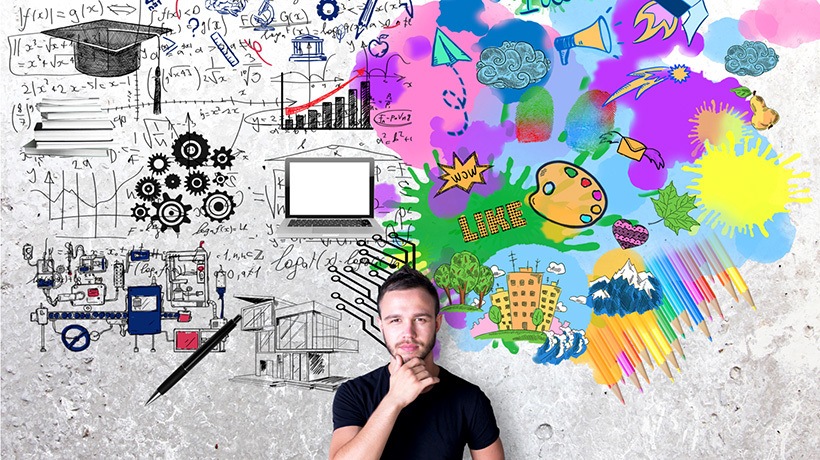What The Future Of HR Learning And Development Looks Like
In a fast-changing world, incorporating design thinking into the design of employee training can help to solve problems like maximizing learning, improving engagement, reducing drop-offs and managing attrition.
In most organizations, employee training design has more of a top-down approach, where employers decide what learners should learn and how they should learn it, rather than catering to what and how they want to learn. This process has been seeing diminishing returns as a rising proportion of Millennials and Gen Z has joined the workforce. While some organizations have tried to solve this by building access to MOOCs such as Coursera, Udemy, and LinkedIn Learning, these sort of learning options only cover self-development. What gets left out is functional knowledge or product/process training, which needs to be put out as structured learning.
So, how can design thinking help? The central premise of design thinking is a solution-based approach to problem-solving. Design thinking requires that the client (in this case the employee) is placed at the center of it all.
Step 1
Empathize with learners to understand their experiences and motivations. Leaders need to put themselves in the shoes of employees and figure out what motivates them. Tools to help with this can be surveys and interviews of employees, to get a thorough picture of different learner profiles. This is different from a Training Needs Analysis, since it focuses a lot more on behavior, likes, dislikes, motivations, and challenges in their daily life.
Step 2
Define the problem you want to solve. Very often learning outcomes falter because the learner and organization do not agree on the intended outcome of the learning. Defined problems will yield much clearer solutions.
Step 3
Ideate with all relevant stakeholders. Creating a multi-functional team that can contribute to this can help to introduce more perspectives and ideas into the mix. This team should know the learner, understand the problem you are trying to solve and brainstorm possible solutions. Approaching this as an open-ended discussion can help bring out as many solutions as possible before you start converging on one for the next step.
Step 4
Prototype a potential solution. Often the response to arriving at a potential solution is to select one and jump right into implementing it. This is exactly what the design thinking process tells us to avoid. The next step is to produce a scaled-down, inexpensive prototype of the most favored solutions, such as a tech platform or digital content. These are then shared within the design team and with a small group of people outside the team. The aim of prototyping is to identify the best possible solution for the problems identified in Step 2. These are investigated, accepted, improved, accepted or rejected based on the learners’ experience.
Step 5
Test the product using the best solutions identified in the prototyping step. While this is the final step in this 5-stage process, design thinking is an iterative process and testing phase results often indicate that you need to go back to the prototyping or ideation phase to get things right. If new insights present themselves about your learners or market realities have changed, then this may need a new set of solutions.
The process outlined above may seem linear and structured, but in reality, these steps are followed in quick succession and in a non-linear fashion, to ensure that speed is achieved. Design teams can delineate themselves to do parts of the process.







